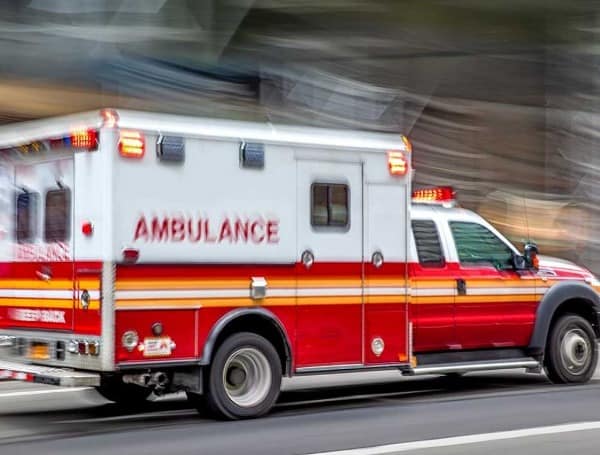From singers, to models to actors, plus-size is in. But our land of tubbies is almost killing paramedics.
The Epoch Times reported over the weekend how ambulance crews are increasingly injured by hauling and lifting obese patients.
“It’s definitely a pain in the back,” David Williams, an emergency medical technician with Care Med Ambulance in Chattanooga, Tennessee, told the Times.
“For most people, about the time you hit the 300-pound mark is where you’re calling another ambulance,” he added. “It takes a toll on our crews.”
The toll comes from all the extra pounds Americans haul around these days.
The Times noted that over the last 50 years the ratio of obese Americans spiked from 14 percent to 40 percent. The American Obesity Association predicts that by 2030, 60 percent of the U.S. population will be obese.
Viewed differently, the typical American today is 30 pounds heavier than the average American in 1960.
“By the end of the day, to end of the week, we’re hurting to the point where we can barely move,” Williams added. “Now our backs hurt constantly, no matter what we’re doing.”
And it’s not just paramedics’ bodies. Stretchers are an issue as well.
EMS workers also have to watch their backs, literally, as a stretcher can weigh 60 to 70 pounds.
But many ambulance companies now buy a specially designed “bariatric stretcher” to handle the morbidly obese. Such equipment runs nearly twice as wide as a normal stretcher and weighs more than twice as much.
Those companies now must spend thousands of dollars more to buy special equipment to hoist and taxi obese people. They also must deal with calling in extra crews to help lift a single patent, which in an emergency, could mean stranding patients elsewhere. And some have taken to purchasing jumbo-sized ambulances to cart such patients.
Ultimately, however, as the Times notes, someone has to lift them into the wagon – and it can be a painful experience.
Dr. Audrey Reichard conducted a study between 2010 and 2014 that found about half of emergency medical services personnel were themselves injured by lifting fat patients.
“This is something that everybody deals with, as long as there’s EMS,” Jules Scadden, director of Dysart Ambulance Service in Iowa, told the Times.
“It would be great if everybody weighed 180 pounds, but even 180 pounds can be wear and tear on the body.”
- Florida Man With Half Gallon Of Captain Morgan And Swords Sets Fire In Road, Floods Police Station
- “I’ll Kill You, OK?” Jailed Florida Man Arrested Using Sign Language To Threaten Woman Over Stolen Mail
- Florida Mom Calls For ‘Mass Exodus’ From Public Schools To Fight Indoctrination
- ‘My Agent Called’: Viral Kamala Harris Space Video Featured Child Actors
- Biden Climate Pact Hobbles US Manufacturing And Agriculture But Gives China, India, Russia A Pass
Support journalism by clicking here to our GoFundMe or sign up for our free newsletter by clicking here
Android Users, Click Here To Download The Free Press App And Never Miss A Story. It’s Free And Coming To Apple Users Soon

